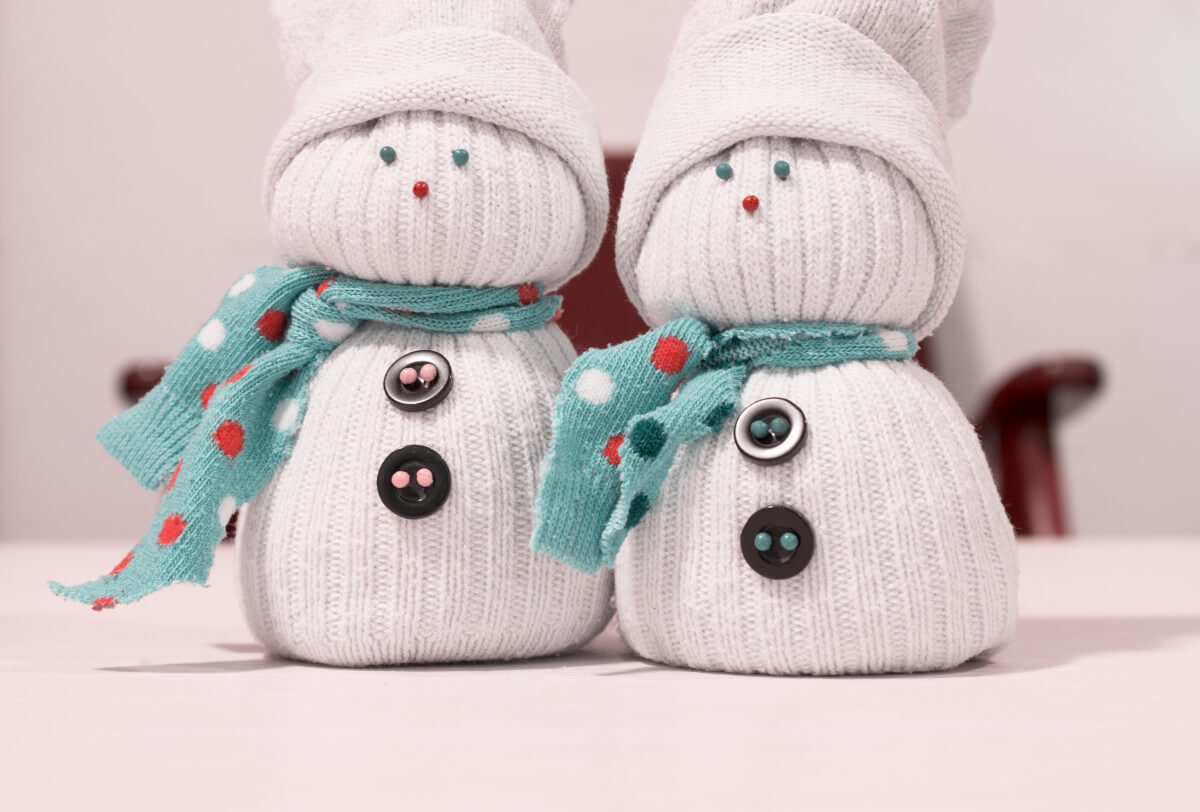
Category: PHE Current Issues
This category includes essays and articles on a wide range of topics. Read what’s good and what the challenges are about current teaching and coaching practices, and what physical and health education must do to thrive in the future. It’s a place to share, discuss, and debate ideas. Read and join the conversation.
ADHD in the Physical Education Classroom
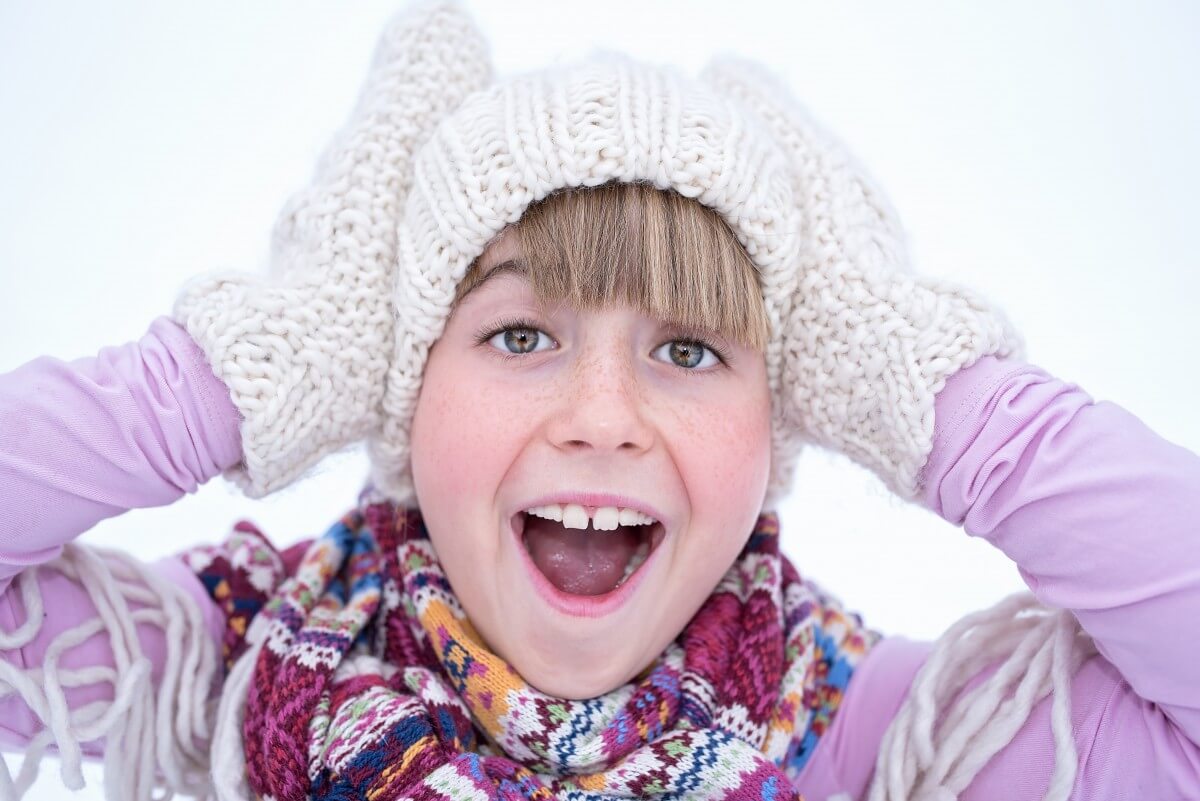
Attention deficit hyperactivity disorder (ADHD) is a childhood-onset neurodevelopmental disorder characterized by developmentally inappropriate and impairing inattention, motor hyperactivity, and impulsivity, with difficulties often continuing into adulthood (Thapar et al., 2016). ADHD is pervasive and developmentally inappropriate difficulties with attention, impulsivity, and hyperactivity (American Psychiatric Association, 2000). Symptoms cause significant impairments at home and in school and are associated with a number of behavioral difficulties such as aggression and noncompliance (Barkley, 2006). Research also suggests that children with ADHD are more likely than typically developing classmates to be rejected socially and to have greater difficulties with their peers (Hinshaw, 2002).
ADHD is diagnosed when an individual has chronic and serious inattentiveness, hyperactivity, and/or impulsivity that are present in multiple settings and give rise to social difficulties (Hallahan et al., 2012). Students with ADHD can be diagnosed as the predominantly inattentive type, predominantly hyperactive-impulsive type, or combined type. Between 3% and 7% of the school-age population has been diagnosed with ADHD, and it is identified more frequently in boys than in girls. Researchers state that problems with neurological dysfunction can be observed in the classroom through diminished self-regulation and/or executive control abilities, such as the inability to wait for one’s turn, refrain from interrupting conversations, follow rules and instructions, and control emotions and impulsive responses (Hallahan et al.).
Striving to be a Superhero Physical Education Teacher
What would the perfect physical education teacher do? Have you ever asked yourself this question? Who do you picture when you think of the perfect teacher? Perhaps like me, you picture someone made up of a combination of all the great teachers you’ve ever met, all wrapped up into one incredible superhero package?

Years ago, I fleetingly believed I was on top of the teaching game, perhaps even on my way toward superhero status, until I humbly learned the benchmark I was measuring myself against was outdated and missing major components. My students liked me and they loved physical education, I had very few discipline issues, and when they joined other elementary school students in middle school they showed themselves to be competent athletes. All these factors led me to believe I was doing an outstanding job. What burst my bubble? What brought me to my current realization that I will never “arrive” and will always have room for improvement?
My first ah-ha moment came when I started National Board Certification. As I began studying the teaching standards and planning how I would demonstrate competency in each standard, I realized that a quality physical education program consisted of much more than I was doing. This launched a major reflecting and growing process. I hadn’t understood how high the bar was set. I was astonished that teachers were actually capable of not just accomplishing but mastering each of the standards.
The Effects of the Pandemic on Physical Education School-Aged Children
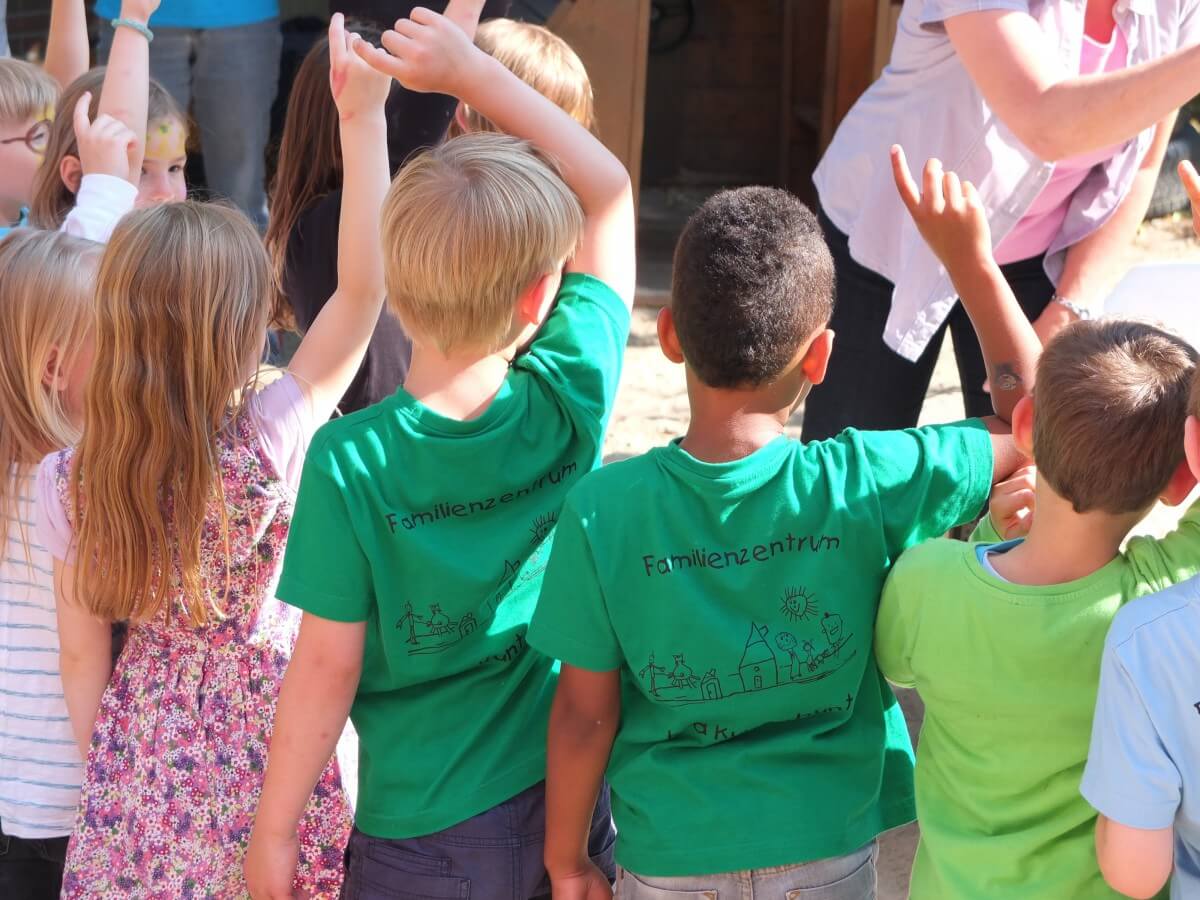
The global pandemic has wreaked havoc on academics, classrooms, and physical education. There is no doubt physical education and the physical development of children during their developmental years were greatly affected by the pandemic. Physical education is a field in which physical distancing, wearing masks, and avoiding close contact is extremely difficult. The importance of physical education for a child’s social, emotional, and physical well-being has been shown for decades (Bailey, 2006). As the country slowly comes out of the pandemic restrictions, interest in how physical education classes were affected during a pandemic should be studied.

During the early 2022 school semester, 13 graduate students (currently full-time teachers in the school system), who were taking an online Masters of Physical Education degree at Canisius College, provided insight into how the pandemic affected their physical education classes. The teachers reflected on their experiences teaching physical education during the 2021 school year from January to December. The classes the 13 teachers taught ranged from K to grade 12. The teachers were from different parts of the United States with one teacher (from the United States) teaching in Indonesia. The first question addressed to the students was: How much physical education time did their students receive during the pandemic? The results indicated a 65% drop in physical education time across the 13 teachers surveyed. The total time taking physical education classes dropped from an average of just under 110 minutes per week to just under 40 minutes per week during the 2021 year.
Protecting Athlete Wellness in the Hyper-Competitive World of Sports
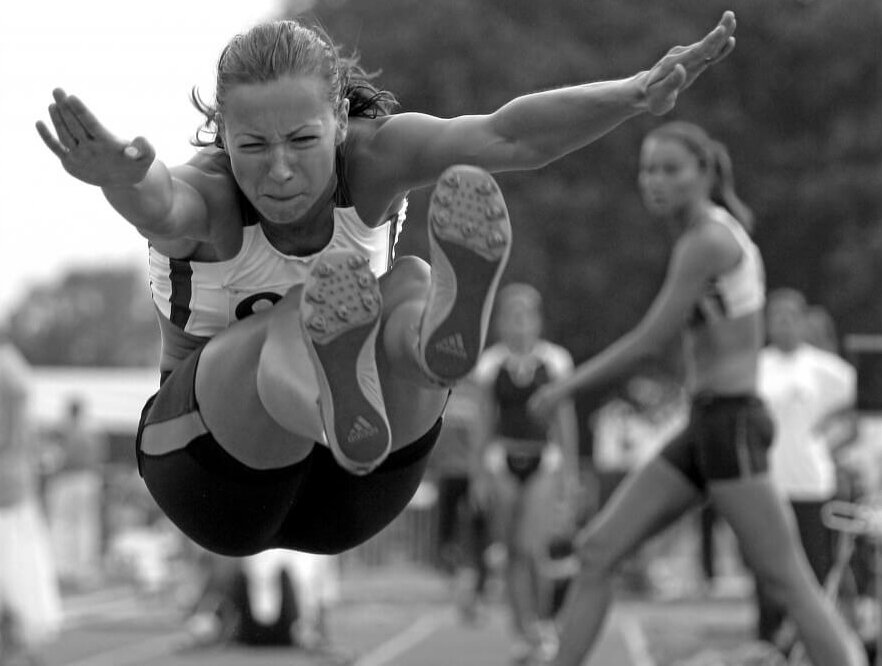
Sport is captivating. Engaging in it elicits strong emotions for many people, like passion, excitement, and love. Sport is so central to many people’s lives that it impacts choices participants and spectators make about how they live. For example, practice and game schedules often determine how one’s days, weeks, and even vacations are planned. In addition, great value is placed on the role of sport in our lives. Sport is argued to be a place where people can learn and practice socially valued behaviors like teamwork, perseverance, and hard work; all characteristics also used to describe valued employees and community members. However, sport can also encourage behaviors that can be negative and damaging. For example, the culture of power and performance sports encourages athletes to play through pain and injury. Those who make that choice are often rewarded through adulation which reinforces their decision. Certain behaviors, including playing through injury, striving for distinction, accepting no obstacles in the pursuit of success, and always putting the game first, combine to create the Sport Ethic, a phenomenon that supports and reaffirms one’s identity as an athlete (Coakley, 2021).
The elements of the Sport Ethic may read to some like a roadmap to building the perfect athlete. Subscribers to the phenomenon may well be aggressive, obedient, and fiercely committed to the team and sport, perhaps to a fault. “They will have to drag me off the field.” “All I want is all you got.” “Softball is life.” “Leave it all on the field.” These and similar statements are common affirmations of the Sport Ethic with each communicating that we, as coaches and parents, expect student-athletes to place the game before their well-being, relationships with others, and their future. That is really the core of the Sport Ethic; interrelated behaviors and ways of thinking exhibited in our actions and communications that encourage one to put the sport first. However, overuse injuries and dysfunctional work and personal relationships are potential consequences to the adoption of and over-conformity to the Sport Ethic, where the risk of serious injury is predictable in those who ignore minor injuries (Coakley, 2021).
Things to Consider in Starting a New School Year
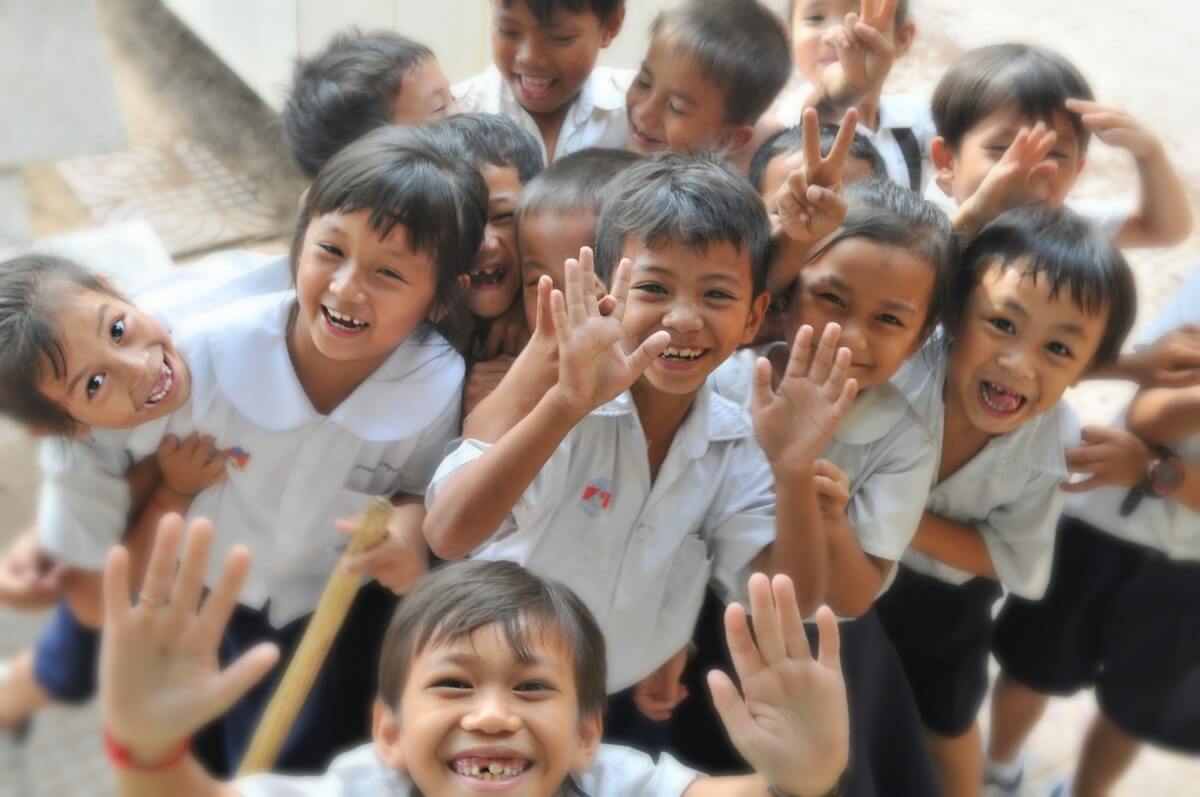
As we move back into our teaching/coaching roles with the start of another school year, it is appropriate to look back, but we must be prepared to move forward. For many, these last few years have caused personal and professional challenges and undue stress for staff, students, and athletes. COVID has redefined educational/coaching practices and not for the ‘best’ . . .

Educational testing is just now yielding data on student drop in performance in reading and math scores. Conflict in/out of the classroom and in the sports arena is illustrated daily in the news. Yet, as it has done for many years, the educational pendulum swings back and forth. And, as teachers/coaches, we look forward to a new school year with enthusiasm and with the hope of everyone reaching their full potential.
I am becoming…
Part 1
I have been running since I was seven years old. As I have developed and grown as a person, my relationship with running has changed – over the years I have become a runner. When I first started running, I did not run because I enjoyed the act of running. I ran because I was good and I liked to win; I was or wanted to be a winner. I learned from a very young age that society values objective success, participating was not good enough, “Children are taught to compete, but they are also socialized into knowing that is important to win and that winners are somehow better off than losers” (Thomas, 1983). My relationship with running formed around my success. I did not begin running because I loved the sport, I loved to win, and I was good which fueled my desire to keep running. Though what I found was that a relationship with running solely fueled by the objective was not sustainable nor enjoyable. I was in a toxic relationship with running because regardless of my effort, I was never satisfied unless I won or ran faster than I had before. One could almost guarantee that they could find me after a race in tears because, in my perspective, I just kept failing. Though if I were ever to find meaning in the run, to become a runner, I would need to redefine my relationship with the run.
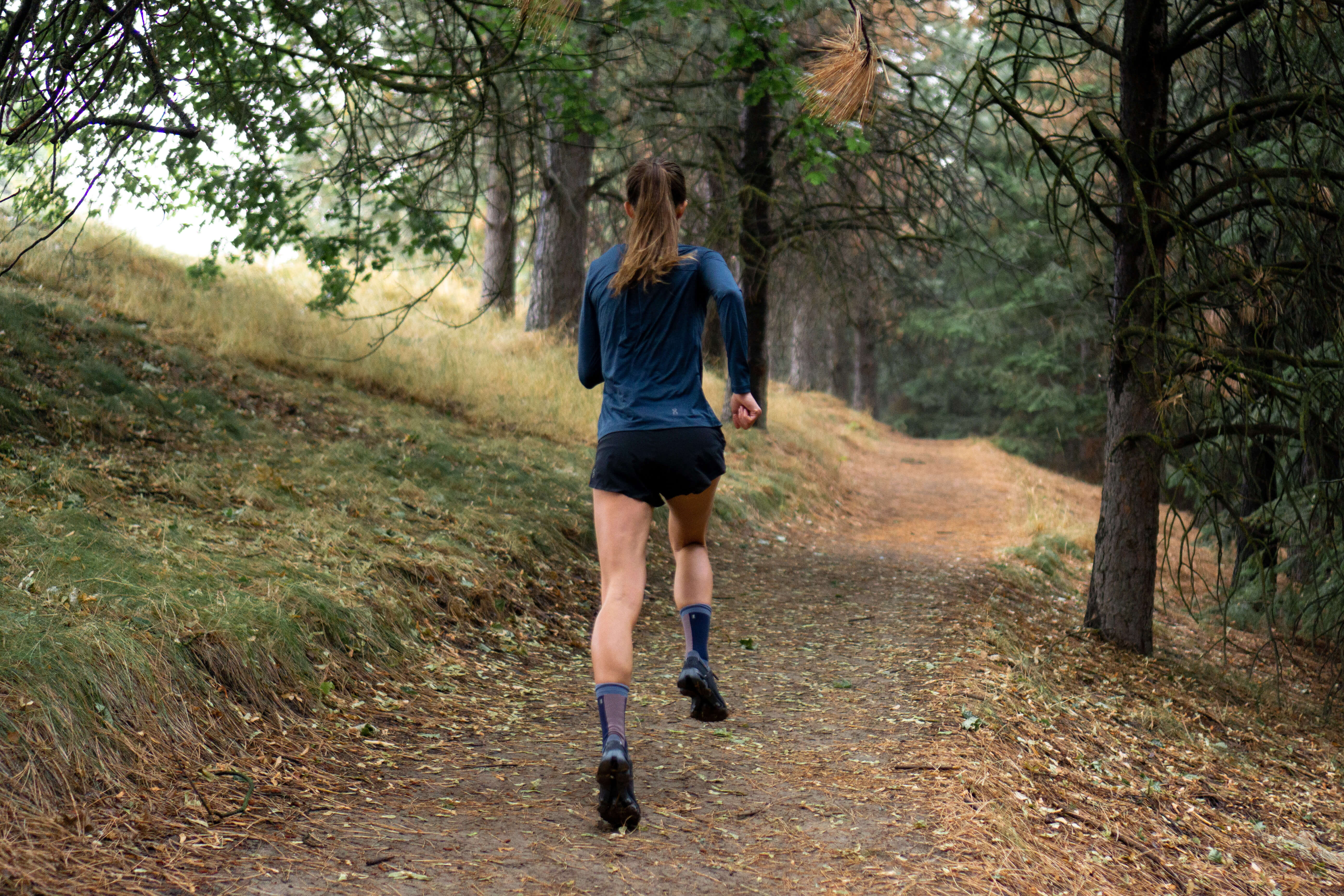
In the beginning, Running allowed me to stand out amongst my peers and I felt like I was a part of a coveted running community which I only gained access to because I was successful. When I did not meet my performance expectations, I believed that not only did I fail, but I did not deserve to be a part of the running community. Throughout my running career, I would retreat from my teammates after a rough race. For instance, at the Xterra Trail World Championships in December 2021, I was unhappy with my performance. I finished in fifth place, which may sound great, but I did not feel like I gave myself the chance to truly pursue my own personal excellence. Since I believed I had failed, I did not believe I deserved to spend time with my competitors and friends post-race. I felt like an outsider in the community like my membership had been revoked because of my mediocre performance.



